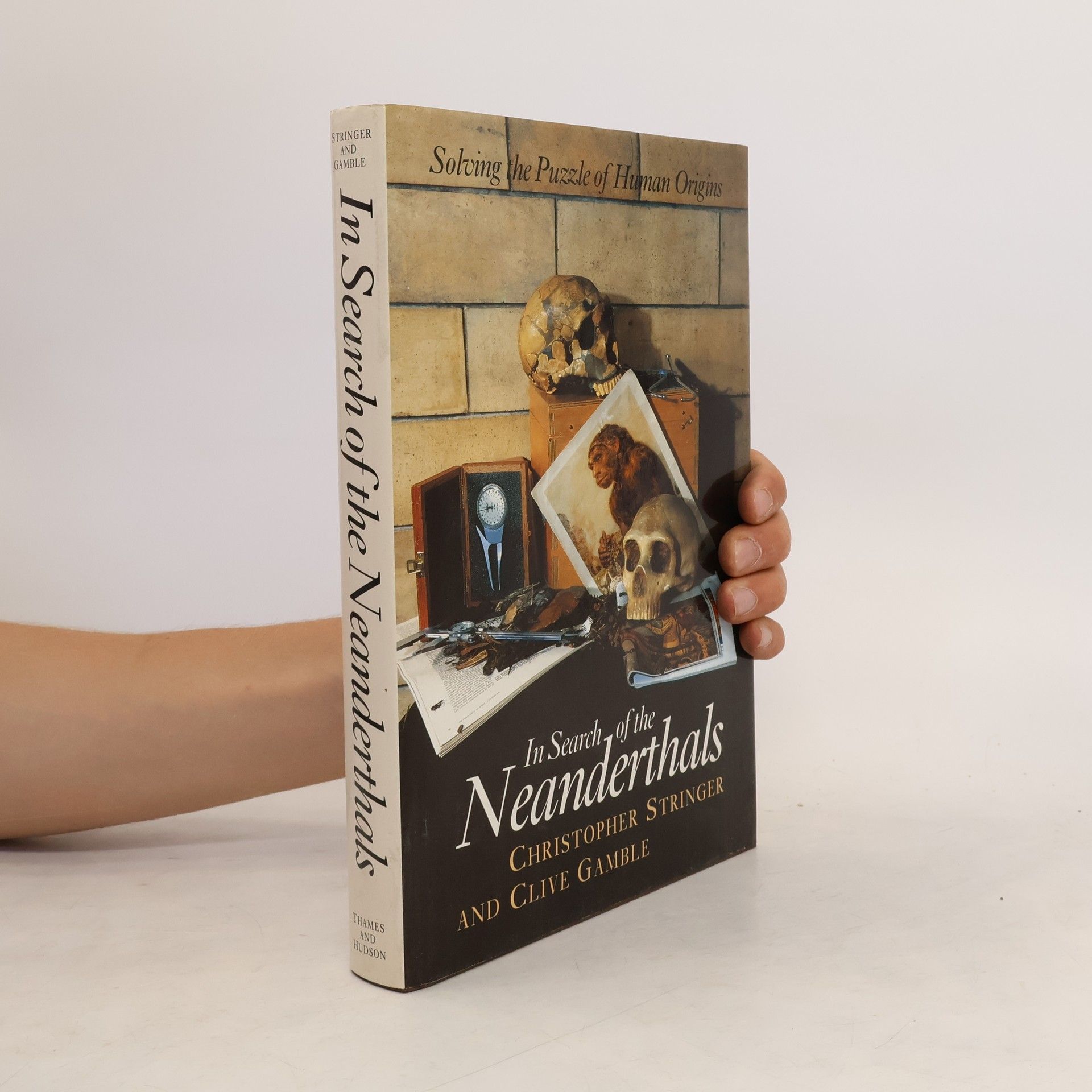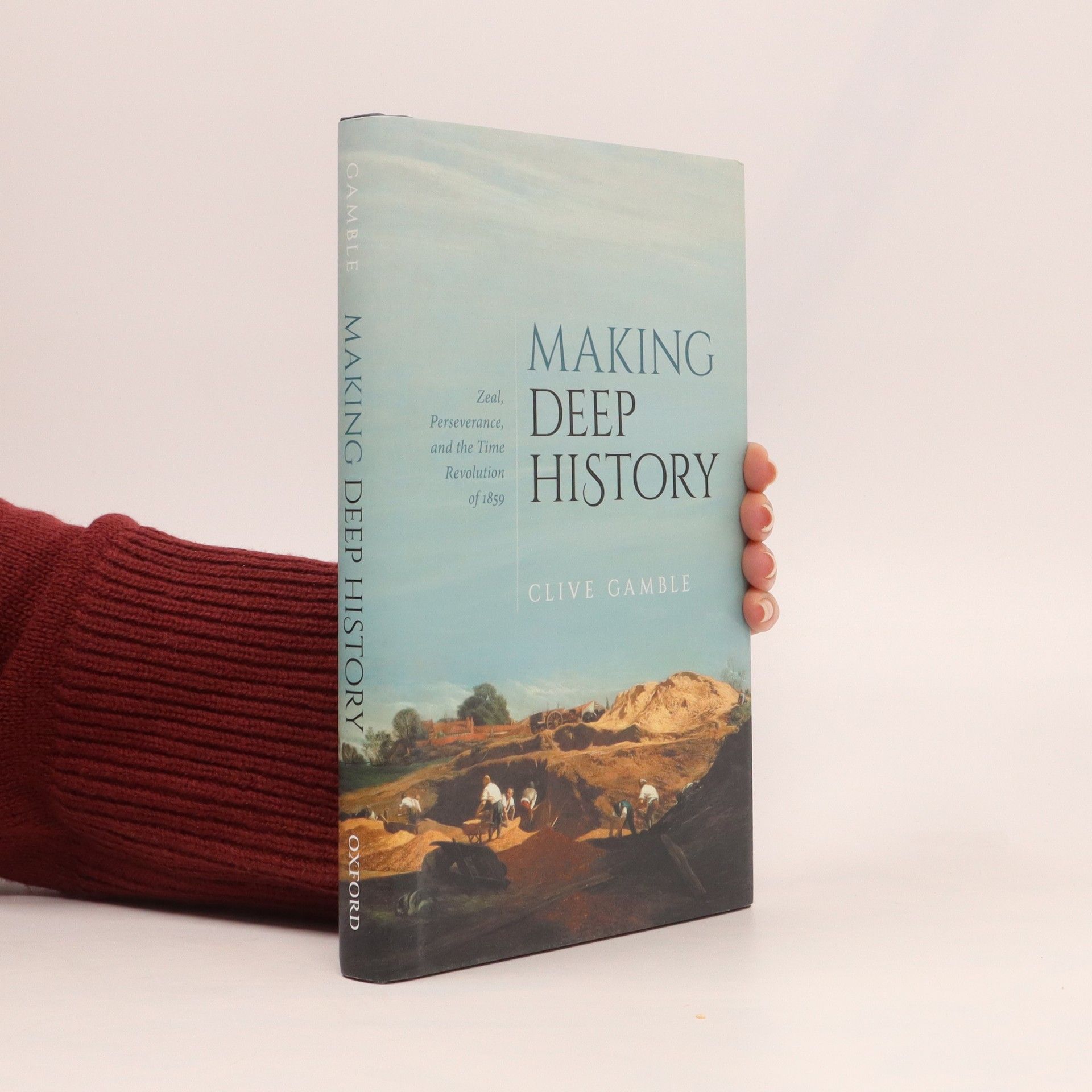The discovery of ancient stone implements alongside the bones of mammoths by John Evans and Joseph Prestwich in 1859 kicked open the door for a time revolution in human history. Clive Gamble explores the personalities of these revolutionaries and the significant impact their work had on the scientific advances of the next 160 years.
Clive Gamble Livres






Settling the Earth
- 396pages
- 14 heures de lecture
How and when did we become the only human species to settle the whole Earth? How did our brains become so large? This book sets out to answer these fundamental questions, digging deep into the archives of archaeology, fossil ancestors and human genetics.
This book owes its existence to a need felt, we believe, by many people who are trying to teach European prehistory, for an elementary textbook suitable for students taking their first course in the subject with little or no previous experience in archeology. Several years of struggling with the literature in its present form finally convinced us that there was no alternative but to write it for ourselves. The primary evidence, where published at all, is notoriously scattered through a bewildering range of books, pamphlets and journals, written in almost every European language and in any case frequently unobtainable except in a few specialist libraries. For some areas and periods secondary works, sometimes excellent, exist, but their coverage if far from complete and they are mostly at too advanced a level for first-year students. Some general books exist, but none covers the chronological and geographical range that we thought desirable, with a proper concentration on the themes characteristic of modern archaeology at a level suitable for our intended readership.
Archaeology: The Basics
- 288pages
- 11 heures de lecture
Now in an updated third edition, Archaeology: The Basicsprovides a straightforward and engaging introduction, answering key questions about how and why we practice archaeology and examining the theories and themes underpinning the subject. Fully updated, this new edition includes a wide range of examples and new material on key growth areas including: Evolutionary approaches in current archaeology The archaeology of landscape and place Interdisciplinary archaeological practice The impact and value of archaeology Conflict archaeology and the politics of the past With 12 new illustrations, additional case studies and a glossary of key archaeological terms, this text is essential reading for all those beginning to study archaeology and anyone who has ever questioned the past.
Thinking Big
- 224pages
- 8 heures de lecture
A closer look at social history and the growth of the human brain
Portrayed as club-wielding cavemen, the Neanderthals have become the archetype of all that is primitive and uncultured. But were the Neanderthals the ancestors of modern humans, or an evolutionary dead end, replaced by fully modern people from Africa? The authors take the latter view in this highly readable book that provides the most up-to-date summary of knowledge about Neanderthals and their world. Illustrations.
Evolution, Denken, Kultur
Das soziale Gehirn und die Entstehung des Menschlichen